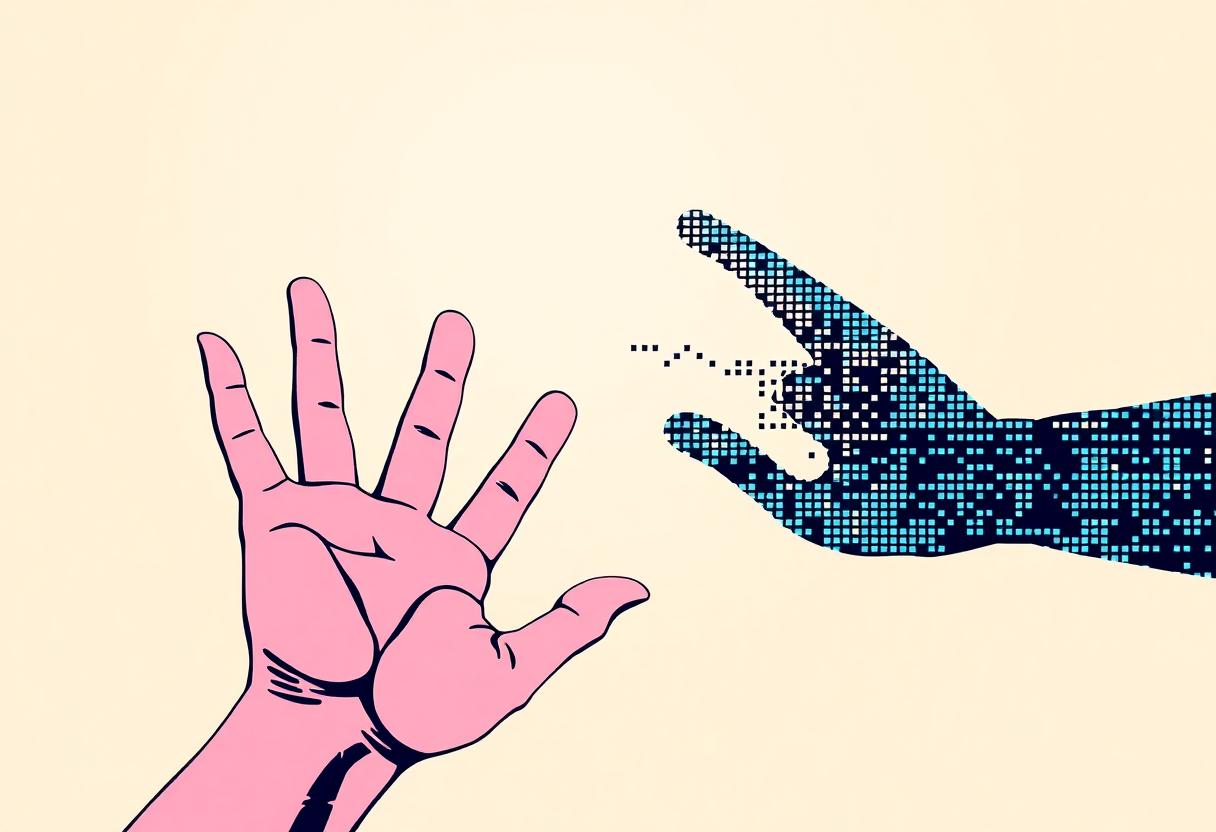If you’ve ever found yourself grappling with a lack of inspiration, you may have ventured into uncharted territory in search of creative solutions. Artificial intelligence (AI) has become a subject of contention among creatives, with some viewing it as a foe and others as an ally. However, there is room for finding a balance in the ethical use of AI-driven creativity. By harnessing the power of generative AI, humans can elevate their ideas and explore new horizons previously unimagined.
Create in seconds:
- Blog articles and social media posts
- High-quality professional images and graphics
- Personalized translations and product descriptions
All tailored for you—original and fast.
Join us as we delve into the fascinating world where AI and creativity intertwine to inspire and innovate.
AI: A Creative Ally or Adversary?
The debate surrounding AI’s role as a creative ally or adversary has sparked intense discussion among creatives. While some view AI as a threat to their artistic integrity, others embrace it as a powerful tool to enhance their creativity. The truth lies somewhere in between. AI can act as a valuable ally, assisting creatives by generating content, images, and music based on vast amounts of data. However, it is important to remember that AI cannot be creative on its own; it requires human intervention and guidance. By understanding the limitations and possibilities of AI, creatives can harness its potential to elevate their ideas and push the boundaries of their creativity.
Bridging the Ethical Divide: Finding Balance in AI-Driven Creativity
As the use of artificial intelligence in creativity becomes more prevalent, the ethical implications surrounding its integration cannot be ignored. The debate between those who view AI as a helpful tool and those who fear its potential to replace human creativity is heated. However, there is room for finding a balance. By addressing concerns about privacy, data ownership, and accountability, a middle ground can be reached. It is crucial to establish guidelines and regulations that ensure responsible use of AI in creative industries. Transparency in the development process and involving human input in decision-making are key steps towards bridging the ethical divide. With careful consideration, AI-driven creativity can be harnessed without compromising human ingenuity and originality.
Unleashing New Horizons: How AI Expands Creative Boundaries
AI has the potential to unleash new horizons and expand creative boundaries in various fields. By harnessing the power of generative AI, creators can explore uncharted territories and discover innovative ideas. In the realm of online content creation, AI can assist in generating engaging articles, videos, and social media posts, providing fresh perspectives and increasing productivity. In digital art, AI algorithms can be used to create visually stunning and thought-provoking pieces that challenge traditional artistic norms. Additionally, AI-powered music composition tools enable musicians to experiment with new sounds and genres, pushing the boundaries of what is considered musically possible. Furthermore, in academic research and freelance writing, AI can aid in data analysis and idea generation, leading to more comprehensive and original work. Through collaboration with AI, individuals can tap into a wealth of possibilities and elevate their creativity to unprecedented levels.
As the debate on the role of AI in creativity continues, it is clear that harnessing its power can elevate our creative pursuits. By embracing AI as a creative ally rather than an adversary, we can bridge the ethical divide and explore new horizons. However, as we delve deeper into this partnership, we must also reflect on the potential implications and consequences of relying too heavily on AI for inspiration.
